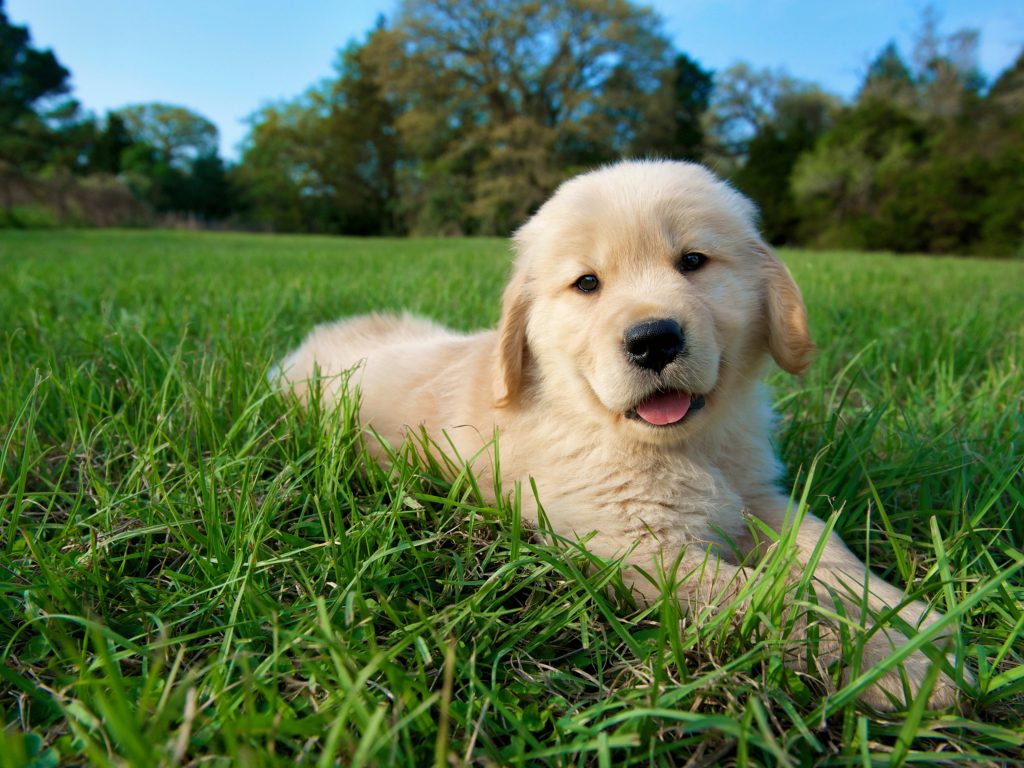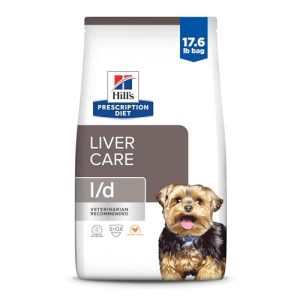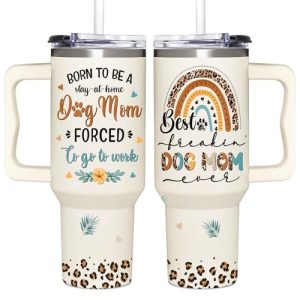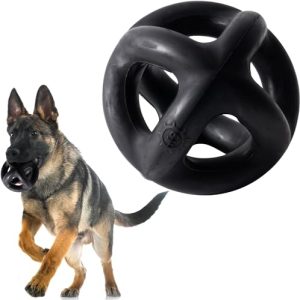Bringing a Golden Retriever puppy into your home is an exciting adventure filled with joy and new challenges. You want to give your furry friend the best start, but sometimes it’s hard to know where to begin.
What if you could avoid common mistakes and build a strong bond right from day one? You’ll discover simple, effective tips that make caring for your Golden Retriever puppy easier and more rewarding. Keep reading, and you’ll learn how to raise a happy, healthy, and well-behaved companion who will brighten your life for years to come.

Credit: www.goldenretrieverlife.com
Choosing Your Puppy
Getting a Golden Retriever puppy is exciting. Choosing the right puppy needs care and thought.
This guide helps you pick a healthy puppy from a good breeder. It also shows how to prepare your home.
Selecting A Reputable Breeder
Find a breeder who cares about the puppies’ health and behavior. A good breeder answers your questions clearly.
- Ask for references from past buyers.
- Visit the breeder’s home to see where puppies live.
- Check if the breeder shows health certificates for parents.
- Look for a breeder who socializes puppies early.
- Avoid breeders who have many litters at once.
Evaluating Puppy Health
Check the puppy’s eyes, ears, and coat. They should be clean and shiny. The puppy should be active and curious.
| Health Check | What to Look For |
| Eyes | Clear, no redness or discharge |
| Ears | Clean, no bad smell |
| Coat | Shiny, no bald spots |
| Weight | Neither too thin nor too chubby |
| Behavior | Alert and playful |
Preparing Your Home
Make your home safe for the puppy. Get the right supplies before the puppy arrives.
- Comfortable bed in a quiet area
- Food and water bowls
- High-quality puppy food
- Toys for chewing and playing
- Secure fencing in the yard
- Cleaning supplies for accidents
Nutrition And Feeding
Giving a Golden Retriever puppy the right food helps them grow strong. Good nutrition supports their energy and health every day.
Feeding your puppy correctly also helps avoid health problems. It is important to know what and when to feed.
Balanced Diet Essentials
A balanced diet gives your puppy the right mix of proteins, fats, and vitamins. These help build muscles and keep their coat shiny.
- High-quality puppy protein supports growth
- Healthy fats provide energy and brain support
- Vitamins and minerals boost the immune system
- Fiber helps with digestion
- Fresh water must be available at all times
Feeding Schedule Tips
Set a feeding schedule to keep your puppy healthy and happy. Regular meals help with digestion and training.
- Feed small meals three to four times a day
- Keep meal times consistent every day
- Measure food to avoid overfeeding
- Watch your puppy’s weight and adjust food amounts
- Consult your vet for special feeding advice
Avoiding Harmful Foods
Some foods can harm Golden Retriever puppies. Avoid these foods to keep your puppy safe.
| Food | Reason to Avoid |
|---|---|
| Chocolate | Contains toxins harmful to dogs |
| Grapes and Raisins | Can cause kidney failure |
| Onions and Garlic | Damage red blood cells |
| Avocado | Contains a substance toxic to dogs |
| Alcohol | Can cause serious illness or death |
Training Basics
Training your Golden Retriever puppy early helps build good habits. Start with simple lessons to keep their attention.
Consistent training creates a strong bond between you and your puppy. Patience and kindness work best.
Housebreaking Techniques
Housebreaking means teaching your puppy where to go to the bathroom. Take your puppy outside often.
Use the same spot for bathroom breaks. Praise your puppy when they go outside.
- Take your puppy out after eating and sleeping
- Watch for signs they need to go, like sniffing
- Use a consistent bathroom area
- Reward good behavior with treats or praise
Socialization Practices
Socialization helps your puppy learn to be comfortable with people and animals. Introduce them to new sights and sounds.
Expose your puppy to different environments safely and calmly. This builds confidence and reduces fear.
- Invite friends to meet your puppy
- Visit parks or pet-friendly places
- Allow gentle play with other dogs
- Use treats to create positive experiences
Basic Commands To Teach
Teaching basic commands helps your puppy listen and behave well. Start with simple words and clear signals.
Practice commands daily in short sessions. Use rewards to encourage learning.
- Sit:Ask your puppy to sit before giving treats
- Stay:Teach your puppy to wait calmly
- Come:Call your puppy to you for safety
- Leave it:Help your puppy ignore unwanted items
Exercise Needs
Golden Retriever puppies need regular exercise to stay healthy and happy. Exercise helps their muscles grow and keeps their minds active.
Proper exercise also prevents behavior problems that come from boredom or too much energy. It is important to balance activity with rest.
Daily Activity Recommendations
Puppies need short but frequent exercise sessions. Start with 5 to 10 minutes of activity two or three times a day. Gradually increase as the puppy grows.
Activities like walking, gentle fetch, and basic training help build strength and focus. Avoid long or intense exercise for young puppies.
- Begin with 5-10 minutes of play, 2-3 times daily
- Include short walks and light fetch games
- Use training sessions to stimulate their mind
- Increase exercise time as puppy grows older
Safe Playtime Ideas
Safe play keeps puppies happy and avoids injuries. Use soft toys and play in secure areas away from traffic and hazards.
Interactive games like gentle tug-of-war or hide and seek are fun. Always watch your puppy and stop play if they seem tired or stressed.
- Choose soft, puppy-safe toys
- Play in fenced or quiet places
- Try gentle tug-of-war or hide and seek
- Watch for signs of tiredness or stress
Preventing Overexertion
Overexertion can harm a puppy’s growing bones and joints. Watch for heavy panting, limping, or reluctance to move. These signs mean it is time to rest.
Give your puppy plenty of water and quiet time after exercise. Avoid rough play on hard surfaces. Keep exercise light during hot weather.
- Stop exercise if puppy pants heavily or limps
- Provide fresh water after activity
- Rest in a cool, quiet place after play
- Avoid rough play on hard floors
- Limit exercise in hot weather
Health Care
Taking care of a Golden Retriever puppy’s health is very important. It helps your puppy grow strong and happy.
Good health care includes vaccines, watching for health problems, and visiting the vet regularly.
Vaccination Schedule
Vaccinations protect your puppy from serious diseases. They start when your puppy is very young and continue as they grow.
- 6 to 8 weeks: First vaccines for distemper and parvovirus.
- 10 to 12 weeks: Boosters for distemper, parvovirus, and adenovirus.
- 14 to 16 weeks: Rabies vaccine and final boosters.
- 12 to 16 months: Yearly boosters for all core vaccines.
Common Health Issues
Golden Retrievers can have some health problems. Knowing these issues helps you act fast and keep your puppy healthy.
| Health Issue | Symptoms | What to Do |
| Hip Dysplasia | Difficulty walking, limping | Visit vet, avoid heavy exercise |
| Ear Infections | Scratching ears, bad smell | Clean ears, see vet if needed |
| Allergies | Itching, red skin | Check diet, consult vet |
| Heart Problems | Coughing, tiredness | Regular vet check-ups |
Regular Vet Visits
Regular visits to the vet keep your puppy in good shape. The vet can find problems early and give advice.
- First visit: Health check and advice for care.
- Every 3 to 4 weeks until 16 weeks old: Vaccines and health checks.
- After 16 weeks: Vet visit every 6 to 12 months.
- Bring questions or concerns about behavior or health.
Grooming Tips
Grooming your Golden Retriever puppy keeps them clean and healthy. It also helps you bond with your puppy.
Regular care prevents problems like matting, infections, and bad smells. Start grooming early to make your puppy comfortable.
Brushing And Bathing
Brush your puppy’s coat at least three times a week. Use a soft brush made for puppies.
Give baths only when needed. Too many baths can dry their skin and coat.
- Brush gently to remove loose hair and dirt
- Use lukewarm water for baths
- Choose puppy-friendly shampoo
- Dry your puppy with a towel after bathing
Nail Trimming Advice
Trim your puppy’s nails every two to three weeks. Long nails can hurt their paws and cause pain.
Use a sharp nail clipper made for dogs. Cut small amounts to avoid hitting the quick.
- Hold the paw firmly but gently
- Trim only the sharp tip of the nail
- Use a nail file to smooth rough edges
- Stop if you see bleeding and apply styptic powder
Ear And Dental Care
Check your puppy’s ears weekly for dirt and smells. Clean ears prevent infections.
Brush your puppy’s teeth three times a week. Good dental care avoids bad breath and gum disease.
- Use a soft cloth or cotton ball to clean ears
- Use dog-safe ear cleaner only
- Brush teeth with dog toothpaste and a soft toothbrush
- Give dental chews to help keep teeth clean
Building A Strong Bond
Building a strong bond with your Golden Retriever puppy helps them feel safe and loved. This bond creates trust and makes training easier.
Spending time, being patient, and understanding your puppy are key to a happy relationship. Start early to build a lasting connection.
Positive Reinforcement
Use treats and praise to reward good behavior. Positive reinforcement helps your puppy learn faster and feel happy.
Give rewards right after your puppy does something good. This way, they know exactly what you like.
- Give small treats for obeying commands
- Use a happy voice to praise your puppy
- Ignore bad behavior instead of punishing
- Keep training sessions short and fun
Understanding Puppy Behavior
Puppies explore the world with their mouths and noses. They may chew or nip as they learn what is okay.
Watch your puppy’s body language to know how they feel. Tail wagging, barking, or hiding can show their mood.
- Chewing is normal but needs guidance
- Nipping means they want to play
- Yawning or looking away can show stress
- Calm praise helps them feel safe
Creating Routine And Consistency
Puppies learn best with a regular schedule. Feeding, potty breaks, and playtime should happen at the same times daily.
Use the same words and actions for commands. This helps your puppy understand what you expect from them.
- Feed your puppy at regular times
- Take them outside often for potty breaks
- Use clear and simple commands
- Practice training daily for short periods
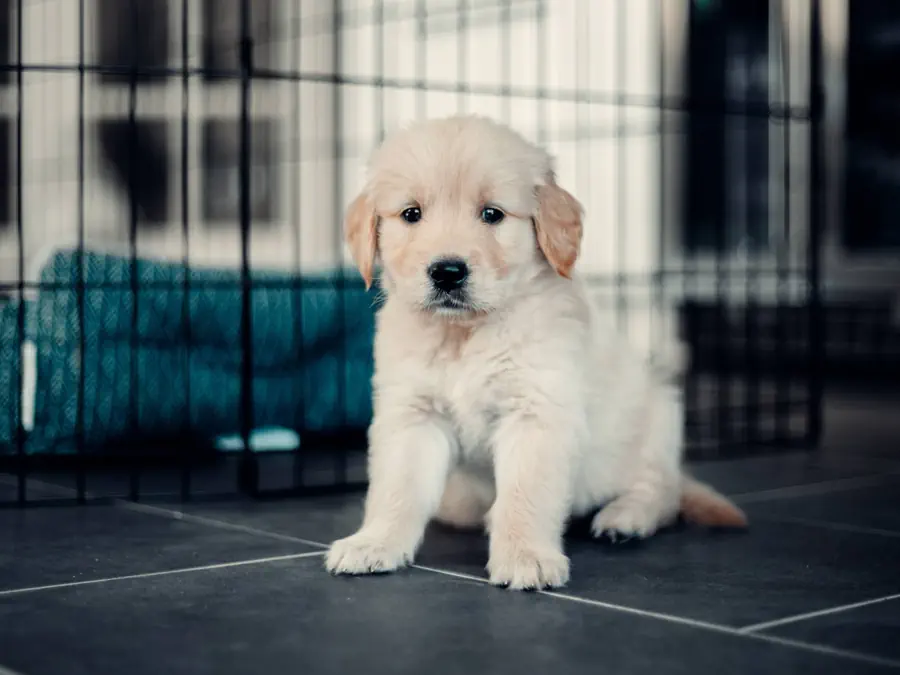
Credit: www.mygoldenretrieverpuppies.com

Credit: slatercreekgoldenretrievers.com
Frequently Asked Questions
How Do I Train A Golden Retriever Puppy Effectively?
Start training early with positive reinforcement. Use treats and praise to encourage good behavior. Be consistent and patient. Short, frequent sessions work best for puppies.
What Is The Best Diet For Golden Retriever Puppies?
Feed a balanced puppy formula rich in protein and healthy fats. Avoid human food and overfeeding. Consult your vet for portion size and feeding schedule.
How Much Exercise Does A Golden Retriever Puppy Need?
Golden Retriever puppies require moderate exercise, about 30 minutes daily. Avoid strenuous activity to protect growing joints. Playtime and short walks are ideal.
When Should I Start Socializing My Golden Retriever Puppy?
Begin socializing your puppy between 7 to 14 weeks old. Introduce them to various people, animals, and environments gently. Early socialization prevents future behavioral issues.
Conclusion
Raising a Golden Retriever puppy brings joy and challenges. Patience is key. Give your pup love and attention daily. Consistent training helps them learn quickly. Socialize them with other dogs and people. This builds confidence. Keep their diet balanced and nutritious.
Regular vet visits ensure good health. Create a warm and safe environment at home. They need a place to rest and play. Always show kindness and understanding. Your bond will grow stronger each day. Enjoy every moment with your furry friend.
They truly become family.

Emily Barker is the founder of ChillDogLife.com, a space dedicated to helping pup parents discover the best dog products, lifestyle tips, and cozy ideas for happier homes.
A lifelong dog lover, Emily combines her passion for pets with a knack for research to share trusted recommendations on everything from toys and furniture to health and everyday care.
Her goal is simple: to make life easier, stylish, and more joyful for dogs and the people who love them.
